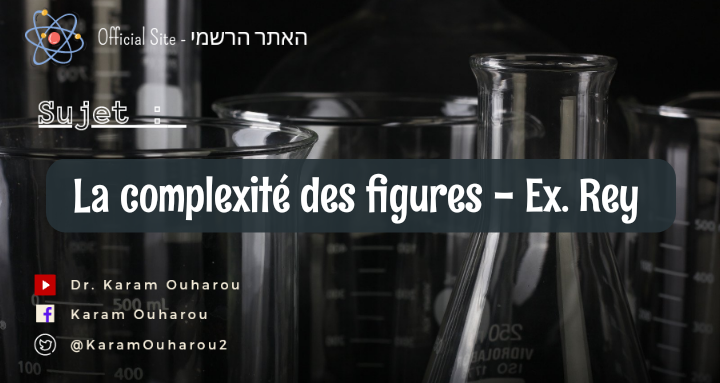Cylindrical machine with coil-like vertical structures | ''TOKAMAK DRAWING"
The exploration of the now-digitized Leonardo Da Vinci notebooks continues to amaze the worldwide scientific community. A few weeks ago, engineers at the California Institute of Technology (Caltech) analyzed a series of drawings that clearly indicated that, two centuries before Newton, the Renaissance artist and polymath had devised experiments to investigate the nature of gravity. This week, a researcher at the Fusion Plasma Physics Department of the Hungarian Centre for Energy Research, Daniel Dunai, has unearthed in yet another trove of Leonardo's documents a sketch depicting what appears to be ... a tokamak.
The drawing, which experts have dated from the years 1505-1510, shows a cylindrical machine with coil-like vertical structures, surrounded by poles and wires. An oval shape, coloured a long-faded pink, opens in the middle of the contraption. Half a millennium after the drawing was made, one is tempted to see in this shape and colour the representation of a plasma. But the mere notion of plasma requires an understanding of the atom's structure, of the principles of electricity and magnetism that were not available in Leonardo's time. As for the notes around the drawing, they do not help: presumably scribbled in Leonardo's mirror-image cursive script, they have so far proven indecipherable.
"What we have here is an impossible document," says Dunai. "However, for someone familiar with fusion technology, it uncannily resembles the drawing of a tokamak. But how can it be reconciled with what we know about the history of science and technology?"
The wires surrounding the machine are particularly puzzling. Were they installed to feed power to the coil-like structures? "Leonardo was a keen observer of natural phenomena. Maybe he understood the power of lightning and managed to harness it to operate his strange machine—a bit like Doc in the movie Back to the Future."
The questions that Leonardo's "Tokamak drawing" raises are mind-boggling. Dunai hopes that, by digging deeper into the notebooks and submitting sketches, doodles and shorthand notes to artificial intelligence analysis, more clues will eventually emerge.
It is not the first time that a discovery challenges the established timeline of scientific discoveries. Think of the Antikythera mechanism, a 2,000-year-old clockwork from Ancient Greece salvaged from a shipwreck in 1901: it is now established that the device operated as a primitive computer. Dunai's discovery may be of even greater significance. Made public today through the ITER network, it is already sending shockwaves across the worldwide fusion community.


Comments